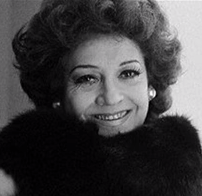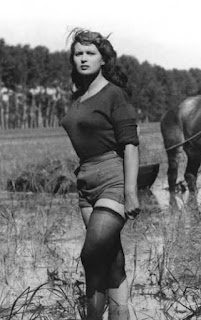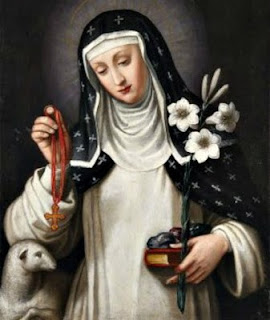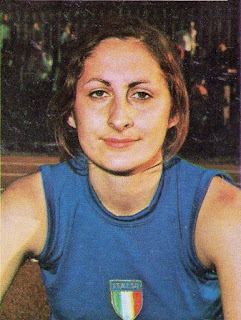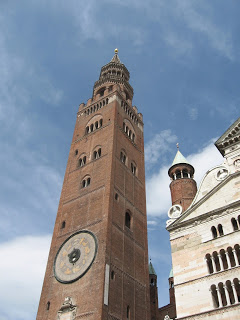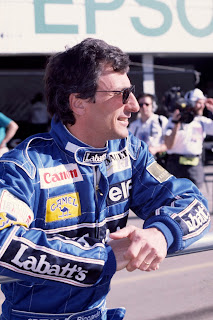Milanese musician has achieved worldwide acclaim
 |
| Gianandrea Noseda is one of the most able conductors of his generation |
He holds the title of Cavaliere Ufficiale al Merito della Repubblica Italiana for his contribution to the artistic life of Italy.
Noseda studied piano and composition in Milan and began studying conducting at the age of 27.
He made his debut as a conductor in 1994 with the Orchestra Sinfonica di Milano Giuseppe Verdi. He won the Cadaques International Conducting Competition for young conductors in Spain the same year.
In 1997 he became principal guest conductor at the Mariinsky Theatre in St Petersburg and during his time there became fluent in Russian.
In 2002 he became principal conductor of the BBC Philharmonic and in this role led live performances in Manchester of Beethoven’s nine symphonies. In 2006 his title was changed to chief conductor.
 |
| Noseda has been music director at the Teatro Regio in Turin since 2007 |
Noseda has been Music Director of the Teatro Regio Torino since 2007, taking their orchestra to the Edinburgh Festival in 2017. He has also conducted the orchestra of the Teatro Regio Torino for the recording of a number of opera albums, featuring celebrated singers such as Rolando Villazon.
The conductor celebrates his 54th birthday today and at the end of May he will lead the Met Orchestra at Carnegie Hall for the first time. He will conduct the orchestra in Mozart’s Violin Concerto No 5 and Mahler’s Symphony No 5.
He met his Sicilian-born wife, Lucia, at the Milan Conservatory when they were both students. They have a home on the western shore of Lake Maggiore.
 |
| The Naviglio Grande is a colourful and lively stretch of Milan's canal system |
The Orchestra Sinfonica di Milano Giuseppe Verdi, where Noseda made his debut as a conductor, was founded in 1993 and is now based at the Auditorium di Milano Fondazione Cariplo in Largo Gustav Mahler close to the city’s Navigli district. The auditorium was inaugurated in 1999 and quickly became one of the most important cultural venues in the city. Navigli is the name of the triangle bounded by the Naviglio Grande and the Naviglio Pavese canals in the southwestern quadrant of the city, an area that is popular with young Milanese and boasts many attractive bars and restaurants.
| The modern auditorium at the Teatro Regio of today |
The Teatro Regio Torino, where Noseda has been musical director, is in Piazza Castello close to the Palazzo Reale in the centre of Turin. The Teatro Regio has had something of a chequered history. Inaugurated in 1740, it was closed by royal decree in 1792 then reopened with the French occupation of Turin during the early 19th century, first as the Teatro Nazionale and then the Teatro Imperiale before its original name was reinstated with the fall of Napoleon in 1814. It endured several financial crises in the late 1800s but limped into the 20th century only to be burnt down in a catastrophic fire in 1936. It remained dark for 37 years until reopening in 1973.
More reading:
How American TV made Arturo Toscanini a star
Riccardo Muti still going strong at almost 77
The conductor who helped make Maria Callas a star
Also on this day:
1857: The birth of opera composer Ruggero Leoncavallo
1939: The birth of Mafia boss Stefano Bontade
Home

